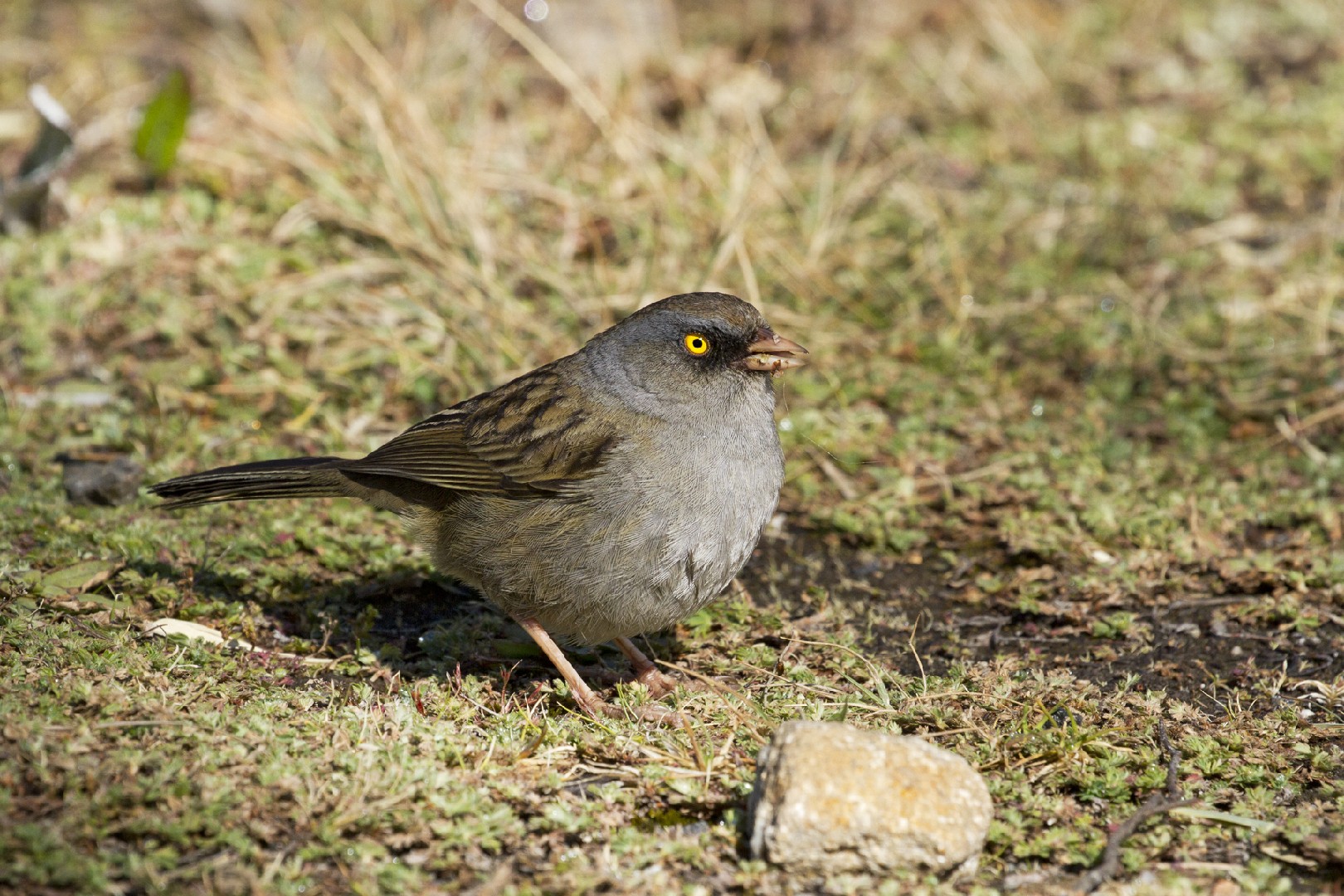Volcano Junco
A species of Juncos Scientific name : Junco vulcani Genus : Juncos
Volcano Junco, A species of Juncos
Botanical name: Junco vulcani
Genus: Juncos
Content
Description General Info
 Photo By Charley Hesse TROPICAL BIRDING
Photo By Charley Hesse TROPICAL BIRDING Description
The volcano junco (Junco vulcani) is an New World sparrow endemic to the Talamancan montane forests of Costa Rica and western Panama. This junco breeds above the timberline, typically at altitudes above 3,000 m, but there is an isolated population at 2,100 m on the Caribbean slope of Costa Rica and forest clearance on Cerro de la Muerte has allowed this species to descend to 2,600 m. The habitat is open grassy or brushy areas with some stunted scrubs. The nest is a neat, lined cup constructed on the ground under a log, bush or rock, or in a cavity on a vegetated bank. The female lays two brown-spotted pale blue eggs. The volcano junco is on average 16 cm long and weighs 28 g. The adult has brown upperparts with dark streaking especially on the back. The wings and tail feathers are dark fringed. The underparts are grey. The sides of the head are grey with a black mask through the eye, a yellow iris, and a pink bill and legs. Young birds are brighter brown above with blacker streaking, and have buff-grey underparts. Volcano junco calls include a thin tseee or a clearer wheew. The song is a mixture of squeaks and buzzes; k’chew chu k’wee chip chip chueee. The volcano junco feeds on the ground on seeds, fallen berries, insects and spiders. It runs and hops, but flies only for short distances. 
Size
17 cm
Nest Placement
Ground
Feeding Habits
Volcano Junco consumes a varied diet including seeds, fallen berries, small insects, and spiders. These birds forage on the ground, exhibiting opportunistic feeding habits. They possess specialized adaptations for such diverse diets, with a clear preference for seeds.
Habitat
Volcano Junco is predominant in moist high mountain environments, specifically thriving in the unique paramo ecosystem. These birds are adapted to living in areas with humid montane scrub and expansive grasslands. They also make homes in regions shaped by volcanic activity, featuring stunted scrub vegetation, and are often found in secondary growth habitats, including overgrown pastures and roadside areas.
Dite type
Granivorous
General Info
Feeding Habits
Bird food type

 Photo By Charley Hesse TROPICAL BIRDING
Photo By Charley Hesse TROPICAL BIRDING Scientific Classification
Phylum
Chordates Class
Birds Order
Perching birds Family
New world sparrows Genus
Juncos Species
Volcano Junco